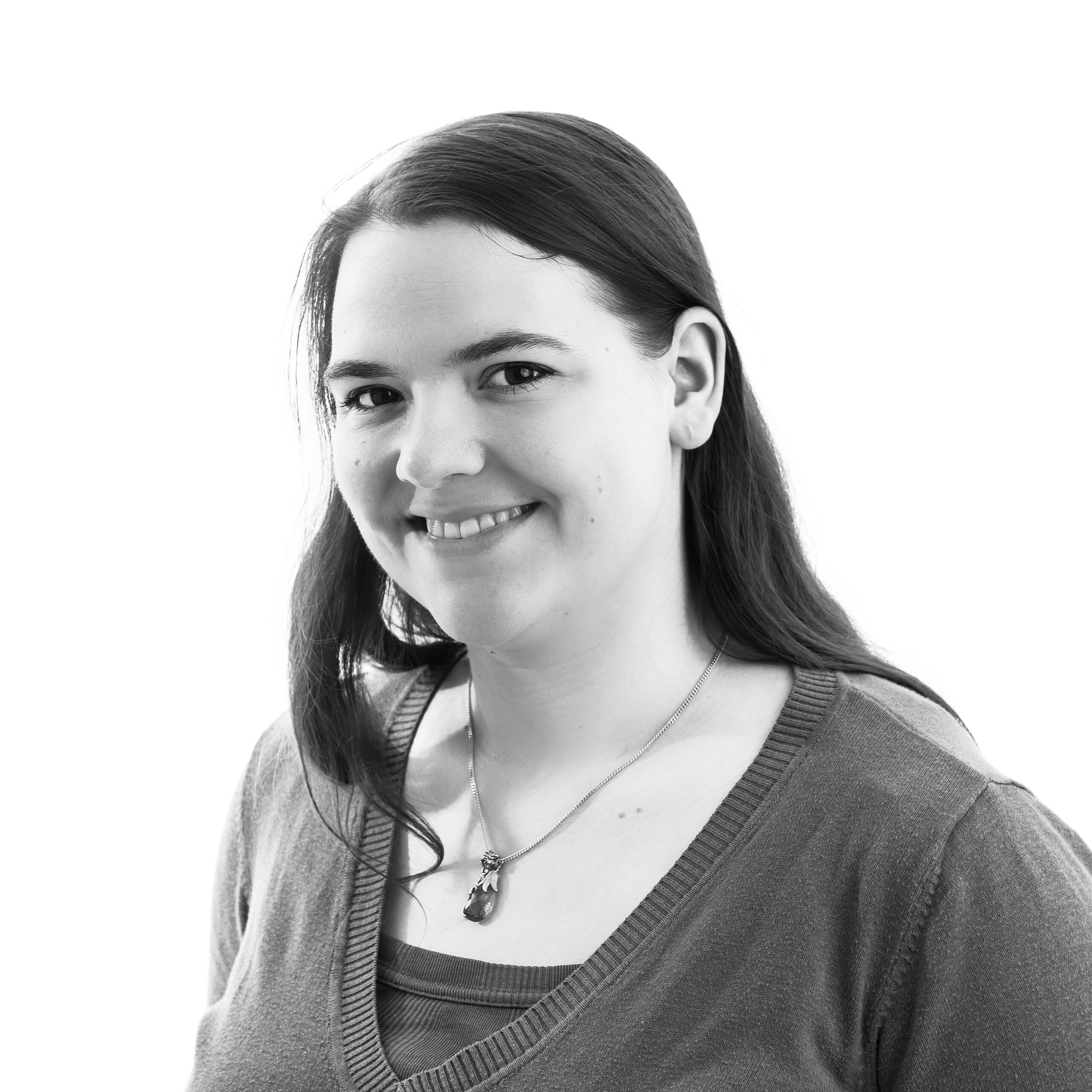The 2025 Astronomy Photographer of the Year competition is now open for entries, meaning it's time to pick out your best astro images from the last 12 months to see if you can be named this year's top astro imager.
The Royal Observatory Greenwich is once again asking astrophotographers around the world to submit their best night-sky images to compete for the grand prize of £10,000.
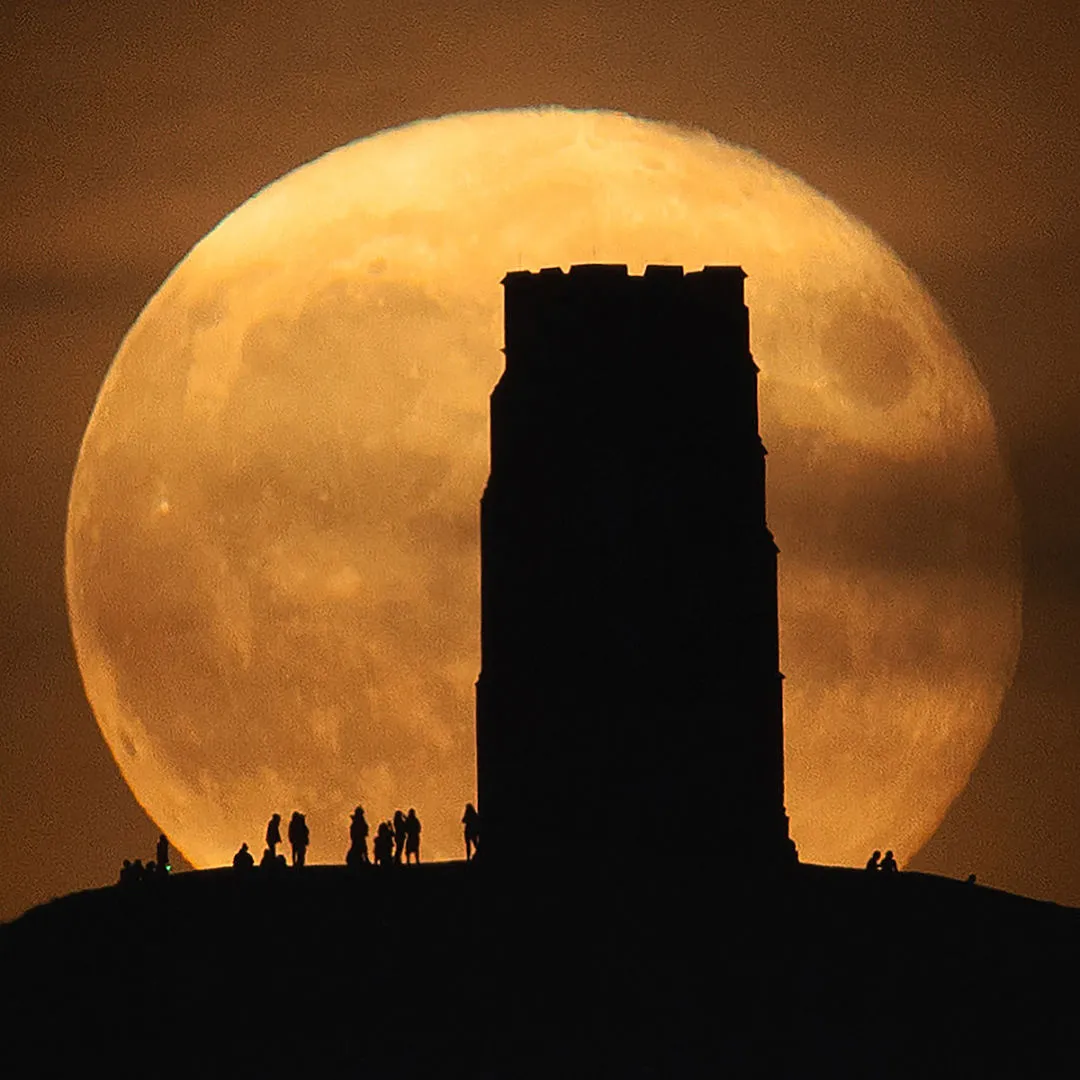
The best image in each of the eight main categories will also take home £1,500, with the Runner Up and Highly Commended winners receiving £500 and £250 respectively.
If you’re a newcomer or prefer to show off your astronomy photography in a more creative way, there are two special prizes, each offering £750.
Meanwhile, astronomers under the age of 16 can enter the Young Astronomy Photographer of the Year competition for free, with the chance of claiming the main prize of £1,500.
Key info
- Opens: 6 January 2025
- Closes: 3 March 2025
- Entrance fee: £10 for 10 entries
- Rules: Astronomy Photographer of the Year website
- Exhibition of winning images, autumn 2025 at the National Maritime Museum, London
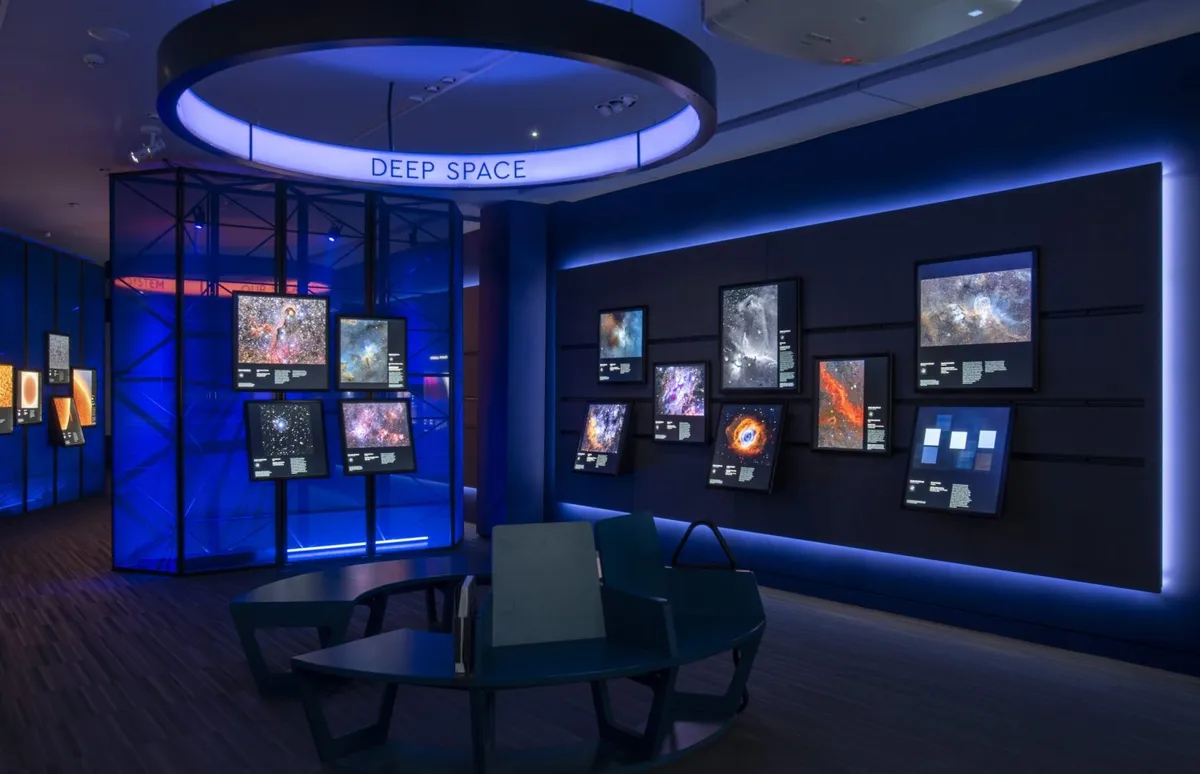
Categories
Planets, Comets and Asteroids

The year has been a fantastic time for Solar System observers, with a parade of planets and comet A3 Tsuchinshan–ATLAS streaking across the sky. If you managed to catch a wonderful shot, make sure you enter it into this category.
Find out how to photograph planets
Aurorae

Some truly spectacular aurora displays have danced across the sky this year, stretching from the poles to as far south as the Caribbean. Whether it’s the aurora borealis or australis, if you’ve captured the lights, showcase them here.
Find out how to photograph the aurora
People and Space

From the dawn of humanity, people have felt a connection with the night sky. The People and Space category celebrates that, asking for images that place our human experience in the greater context of the Universe around us.
Stars and Nebulae

To the naked eye, stars and nebulae often appear as little more than shades of white and grey. But through astro photos, both can be transformed into explosions of colour and detail. This category aims to find the finest images of either.
Find out how to photograph the Orion Nebula for tips and tricks
Skyscapes

The night sky can seem so distant at times, but a beautiful earthly foreground helps tether the two together. One of the competition’s most contested categories, Skyscapes asks for any image also featuring a terrestrial landscape.
Find out how to do skyscape photography
Our Moon

The Moon has been gaining increasing interest in recent years as humanity attempts to return to its surface. If you have a photo admiring our celestial neighbour from afar, be sure to enter it in the Our Moon category.
Find out how to photograph the Moon
Our Sun

With the Sun due to hit the peak of its 11-year cycle of activity any day now, there’s never been a better time to turn your camera on it (with the proper filters, of course). If you’ve imaged a fabulous flare or spectacular sunspot, enter it here.
Find out how to photograph the Sun
Galaxies

The light from galaxies has been travelling for millions of years to reach us here on Earth. If you’ve captured that light from one of these distant star cities when it finally arrived, be sure to enter your photo in the Galaxies category.
Find out how to photograph the Andromeda Galaxy for tips and tricks
Young Astronomy Photographer of the Year
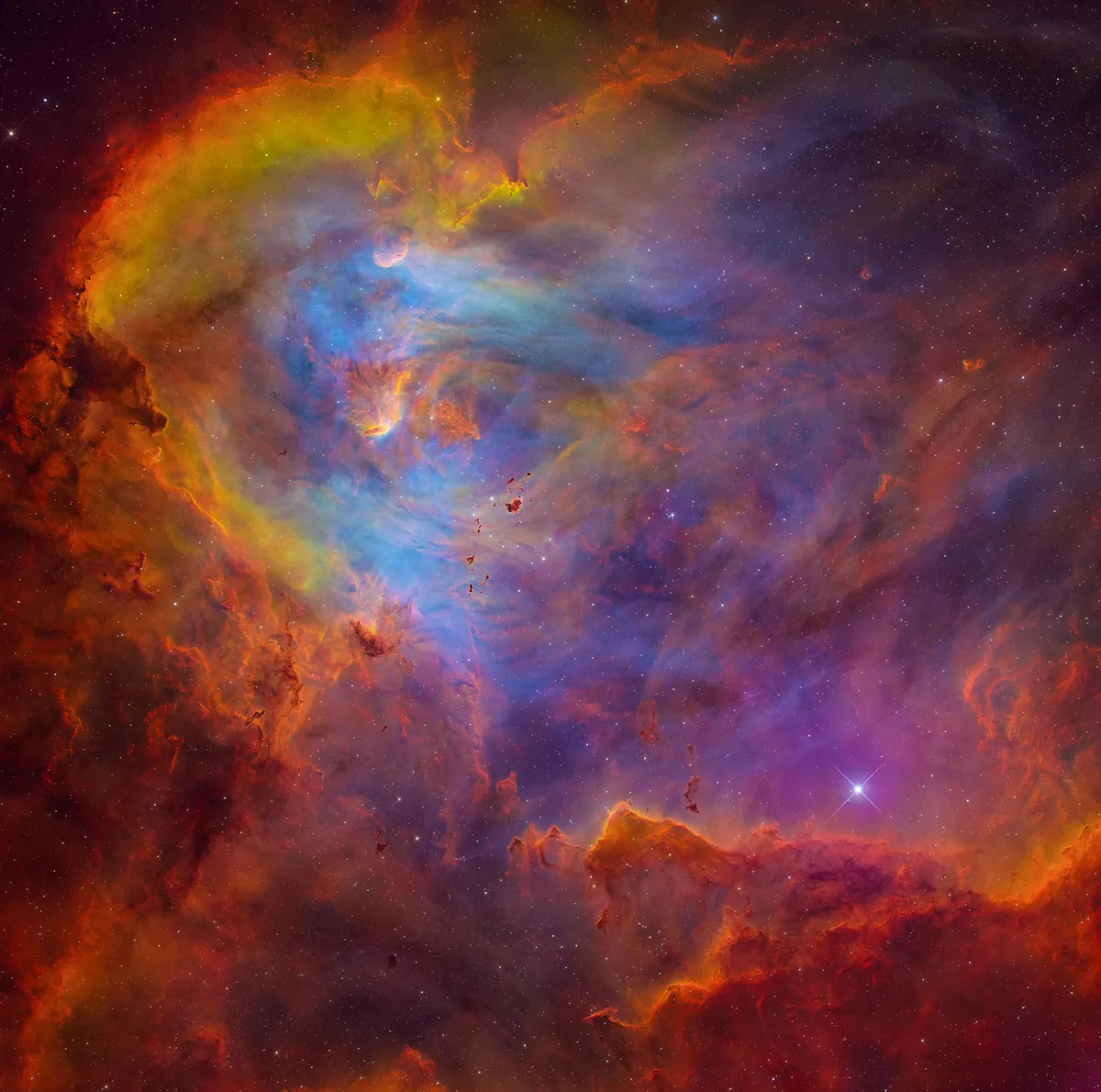
Being young doesn’t mean you can’t take astounding astro images, and this special category aims to encourage the great photographers of tomorrow. If you are under the age of 16, you can enter the Young competition for free.
Patrick Moore Prize for Best Newcomer

Just because someone has just turned their camera on the night sky for the first time, doesn’t mean they can’t capture a truly astounding image. This special category is for images taken by those who just started astrophotography in the last year.
Read our beginner's guide to astrophotography
Special Prize: Annie Maunder Open Category
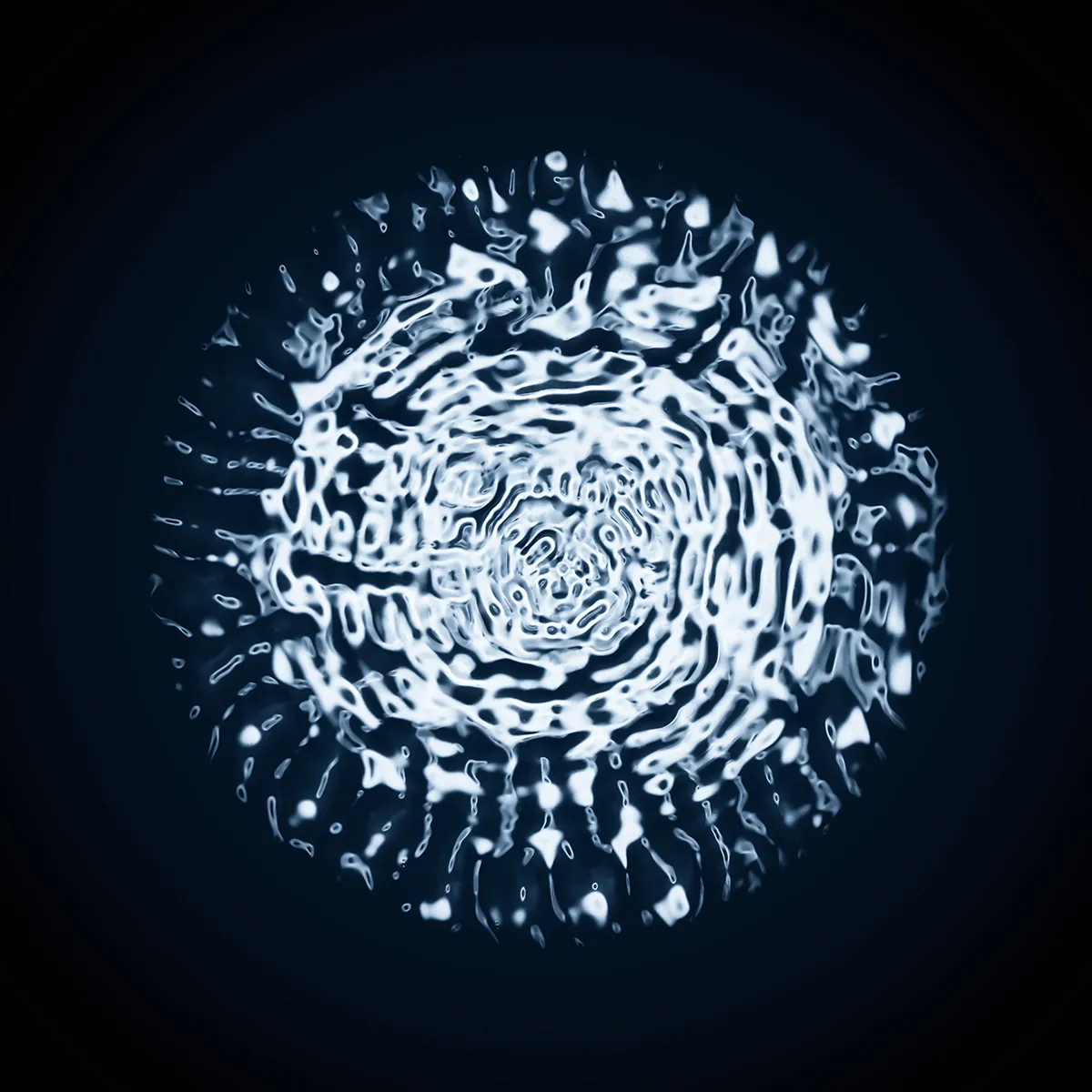
The Annie Maunder prize celebrates using astronomical data in novel and creative ways. Use any data you have permission to use, whether you captured it yourself or it’s from an open-source professional observatory. You can even take data from multiple sources.
Find out how to process images from raw space mission data
For more info, visit the Royal Museums Greenwich and follow on Facebook, Twitter and Instagram
